Last episode there was a lot about reusing brown bins, this week, 2-3 November, even the produce is brown. “Golden brown, texture like sun…”, and now I have a harpsichord playing in waltz time my head, thanks to The Stranglers.
(There are a *lot* of photos in this post, and it might not all fit on your email. Hitting the View Entire Message button at the end should sort this out, as will reading via the app or online versions of Substack.)
This week’s Plot Shot
The season may be turning towards winter, but we still have a few roses, standing out from the grey sky. This is ‘Madame Isaac’, very much the grand dame of our climbers.
We don’t have much of garden at home. It was always small then shrunk further by us extending the kitchen a few years ago, so now is a patio overshadowed by trees and a wooden deck which is rotted through, in sore need of replacement. This means all our flower-growing happens on the allotment alongside our food crops, and the (mainly) David Austin climbing roses hold the height on their arches. The perversity of growing top-end DARs on an allotment plot pleases me.
Plot work in progress
At ground level, I made good progress with the new asparagus bed, which is now clear of woody prunings and debris. (Why is there never enough space for all the spare wooden stakes, metal hoops and random stuff which needs to go somewhere, waiting to be reused?)
Fired with enthusiam I got out the big gun of the allotment tools - the heavy mattock. It thumps through manure and compacted soil, but my shoulders let me know that it was hard work afterwards. One more thorough dig next weekend, and this bed will be ready to cover over for the winter.
Post mattock-frenzy, I tidied the bed under the ‘Discovery’ apple tree, emptying spent compost from pots whose occupants hadn’t quite made it and tossing dead plants into the compost bin.
This apple is so much happier now that it is now crowded out by its cherry plum neighbour and been pruned back into shape. The bed below will be planted out with mixed crocus for early spring bee food flowers (the next bed is planted with autumn-flowering saffron), but it will need building up with more compost and manure first.
In the greenhouse, the first-sown batch of broad beans, planted on 20 October, are up. Two weeks to almost full germination (26 out of 32 seeds) of ‘Red Epicure’, which were tall enough to need the plastic lid taking off the root trainers. Season 2025 planting is officially go. Hooray!
Harvesting now
After weeks of waiting, the medlars are ripening! The tree is almost bare of leaves, which have dropped as temperatures have done the same, but the golden brown globes have been hanging on stubbornly. The darker brown ones are slightly soft, puckering as their insides collapse.
I picked all them all, whether they were already soft or not. A bit of reading up on these advised to take them all home, freeze them as soon as they go soft, and leave the harder ones spaced apart on a tray in a cool room to ripen. We have 1.2 kg of fruit1, which is perfect, as the recipe for medlar and rosemary jelly needs a kilo. Now to wait for the rest to soften.
Making and eating
On Sunday the last pear of the year dropped from its branch on the small ‘family’ three-variety tree. The organza bag tied to the branch caught it, keeping it off the wet grass until I arrived to untie it. There was a time when we didn’t have organza bags on the allotment, and now they get used for almost everthing - even to strain a cup of coffee if a coffee bag has burst.
The pear is almost the colour of an unripe medlar - both golden brown, the colour of the season. One small pear2 isn’t much to do anything with, except perhaps to slice it finely into a winter salad with some blue cheese, but it has been the one ‘Comice’ to come off the tree this year, along with a couple of ‘Williams’ and a ‘Conference’.
Not much to add to the weekly produce tally this week3.
E17 Local Hero
The night skies over Walthamstow have been busy with fireworks all week. We have Halloween, Diwali and Bonfire Night all butting up and overlapping each other, and the fireworks to celebrate are doing the same from neighbours’ gardens.
In the greenhouse, the chrysanthemums are putting on their own firework display now, in their best autumn colours. I’m enjoying them as autumn’s equivalent to summer dahlias, but I know that ‘mums aren’t everyone’s cup of tea.
I read several gardening articles this week about chrysanthemums being regarded as funeral flowers, so not jolly at all. I can see that with the trad white pom-poms, but for their kin it seems a shame, when the colours are so varied and appropriate to the time of year and when there isn’t much else in flower.
Community of Practice
Reflecting on the weekend’s work, preparing beds can be hard work.
That’s one thing I have learnt from working an allotment plot. Regular, sustained and sometimes heavy work is necessary throughout the year, and putting the hours and the effort in is what makes a plot thrive. It might not be quite the 10,000 hours of dedicated practice of a classical concert musician, but I reckon I’ve probably put that into the plot over years.
The lack of work is what makes new plot holders give up. We see it every year on the site when enthusiastic newbies take on an overgrown plot and spend their first few weeks hacking down bramble and bindweed. But if they don’t keep up the work, digging out the deep bramble roots, pulling out every last broken piece of ghost-white bindweed, it will just grow back when they’re not looking. They get disheartened when the space they’ve cleared grows over with new windblown weeds, and when what’s been left underneath pops up. Again. And again.
The foxes are growing their golden brown winter coats ahead of colder weather. This is Cher, a cub from last year. She has the family markings of the pale blonde spots above her eyes like mum Blondie, but she’s got an eye infection in her right eye. Eyedrops aren’t really an option for wild foxes, however much they might be used to being around certain humans, so we are researching how to get some anitbiotics for her.
Until next week, when I’ll probably still have The Stranglers as an earworm.
Ang
Medlars, 1.2kg, no fresh eqiuvalent available for sale in the UK that I could find, so I’ll count these as medlar jelly in jars when the time comes.
Organic pears are currently £2.50 for four at Ocado and M&S, so 63p.
Total for this week, Episode #13, £0.63, total to date since Episode #5, £171.84. Nine weeks’ produce, based on current supermarket or local farmers’ market prices.

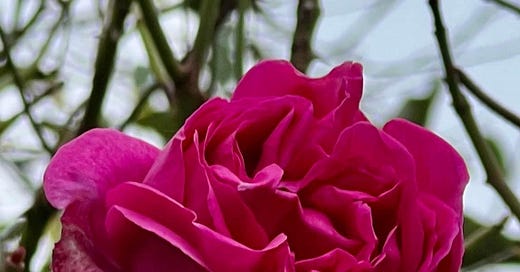




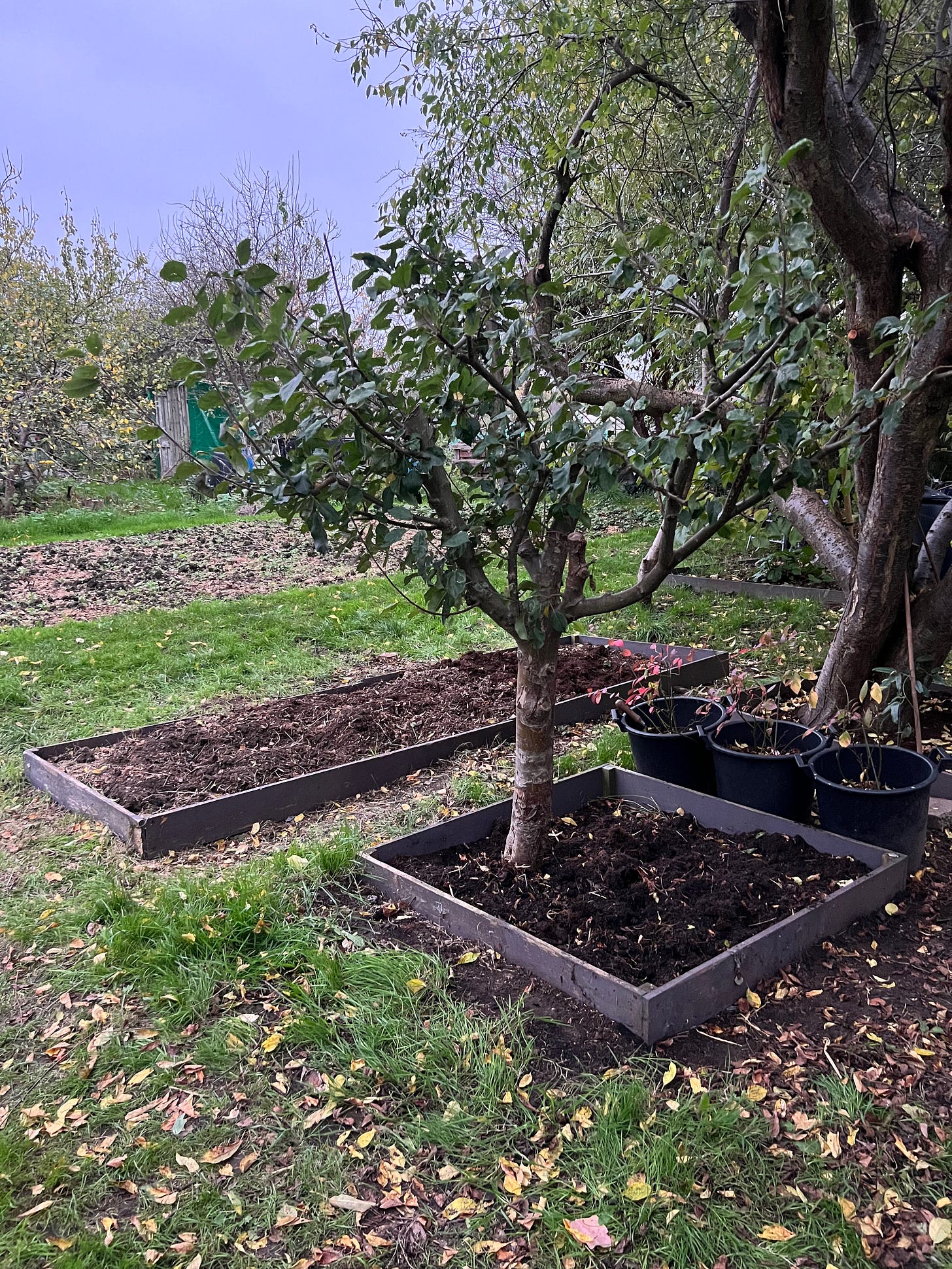
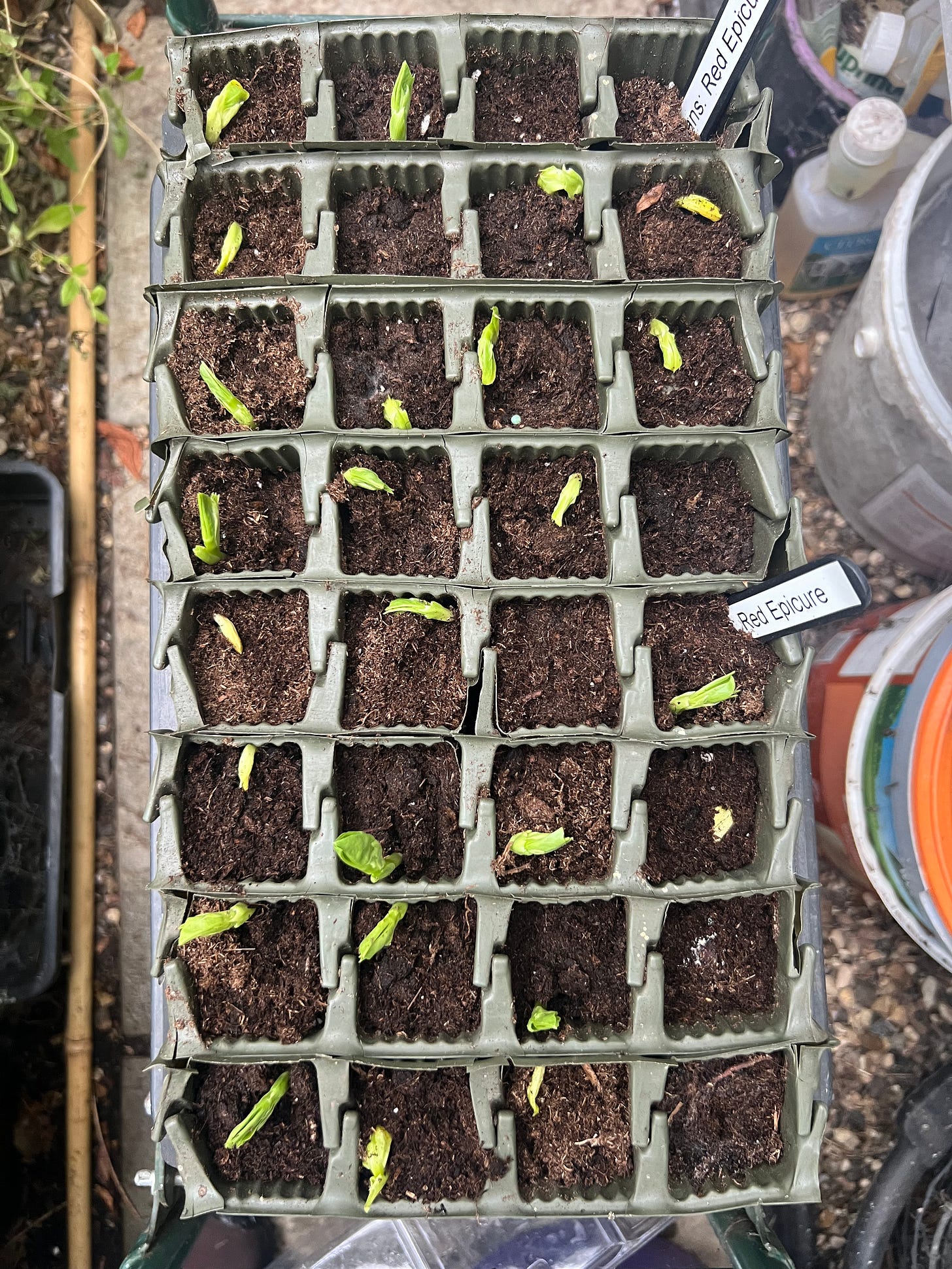
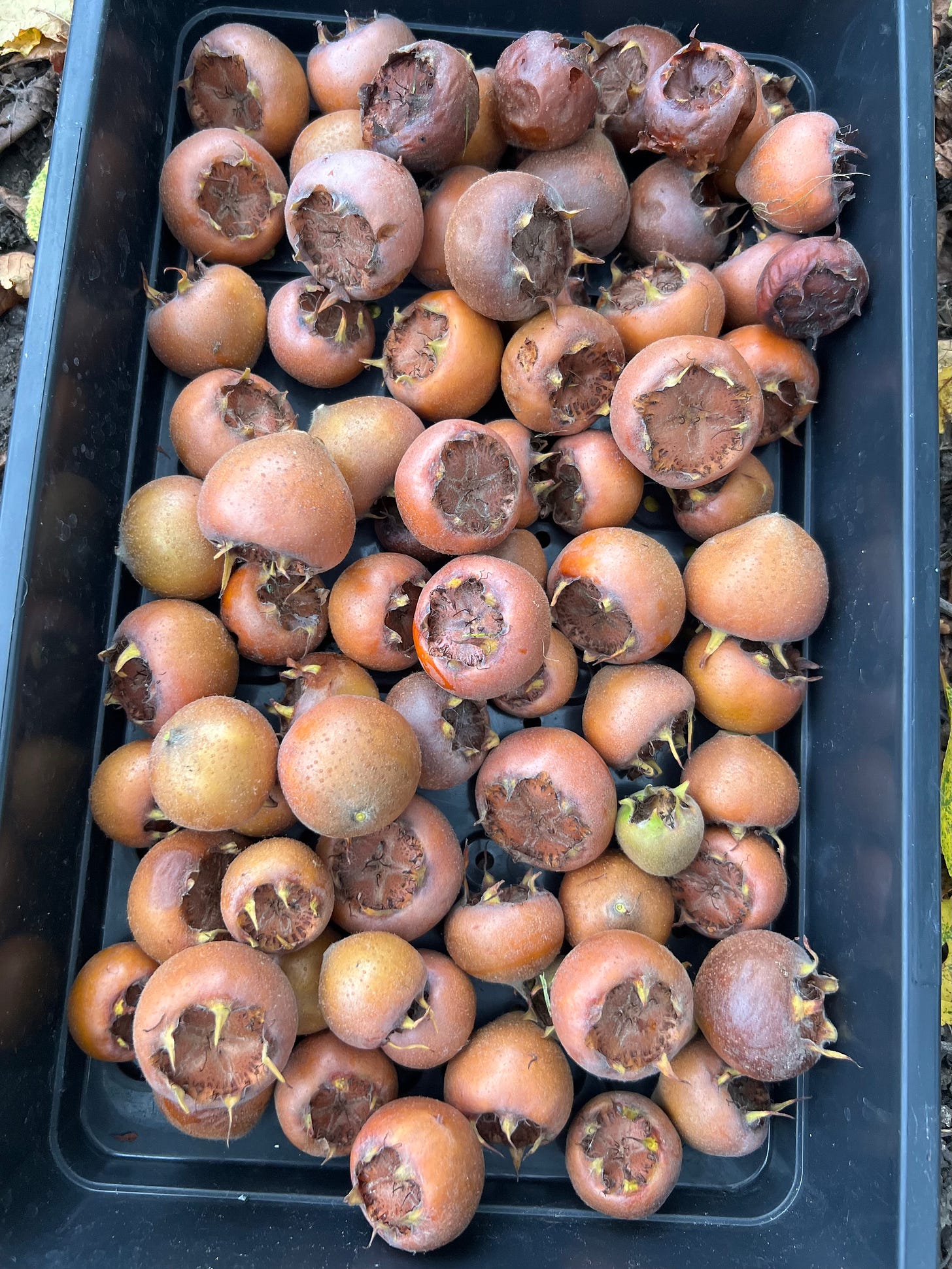

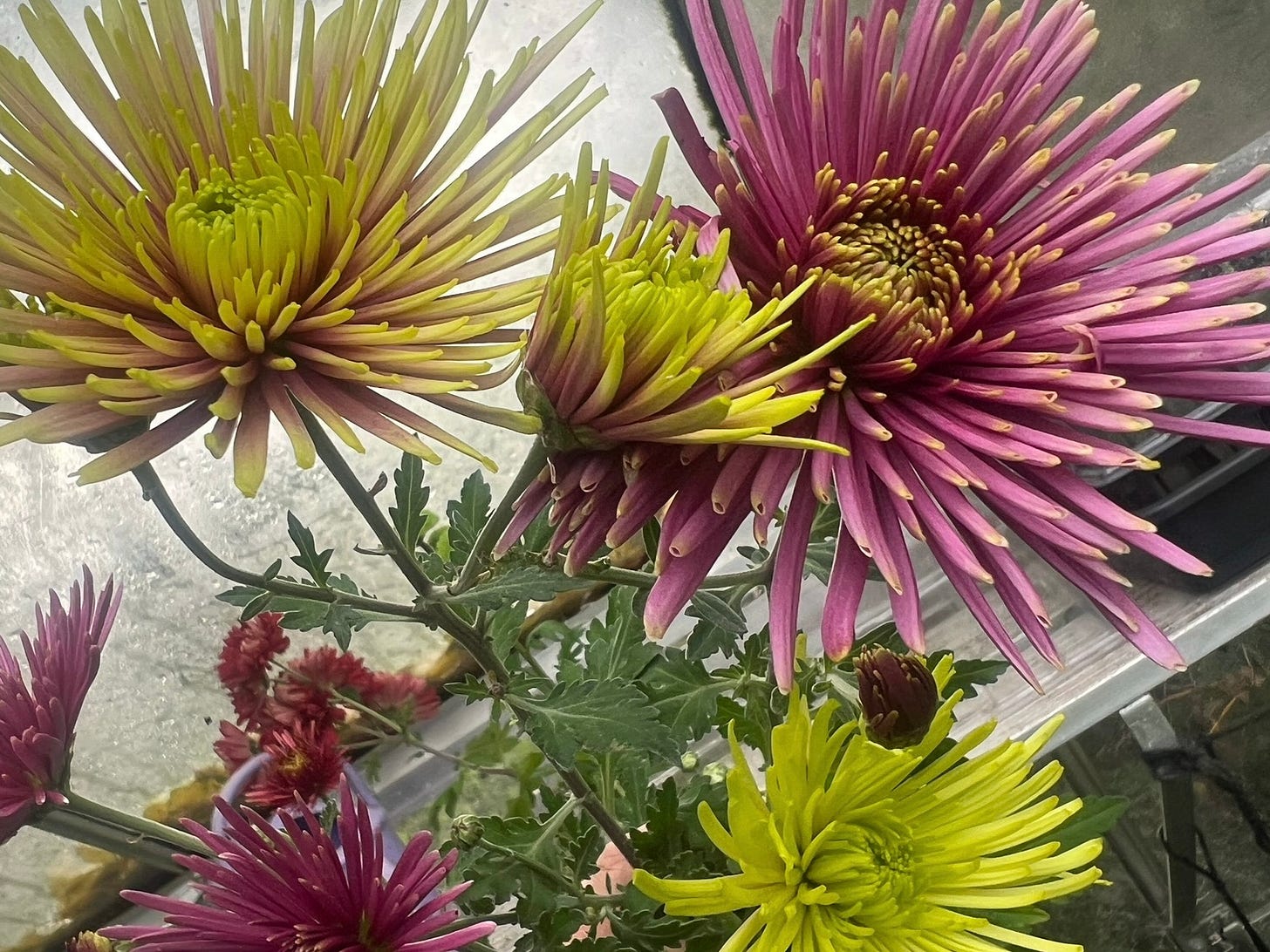
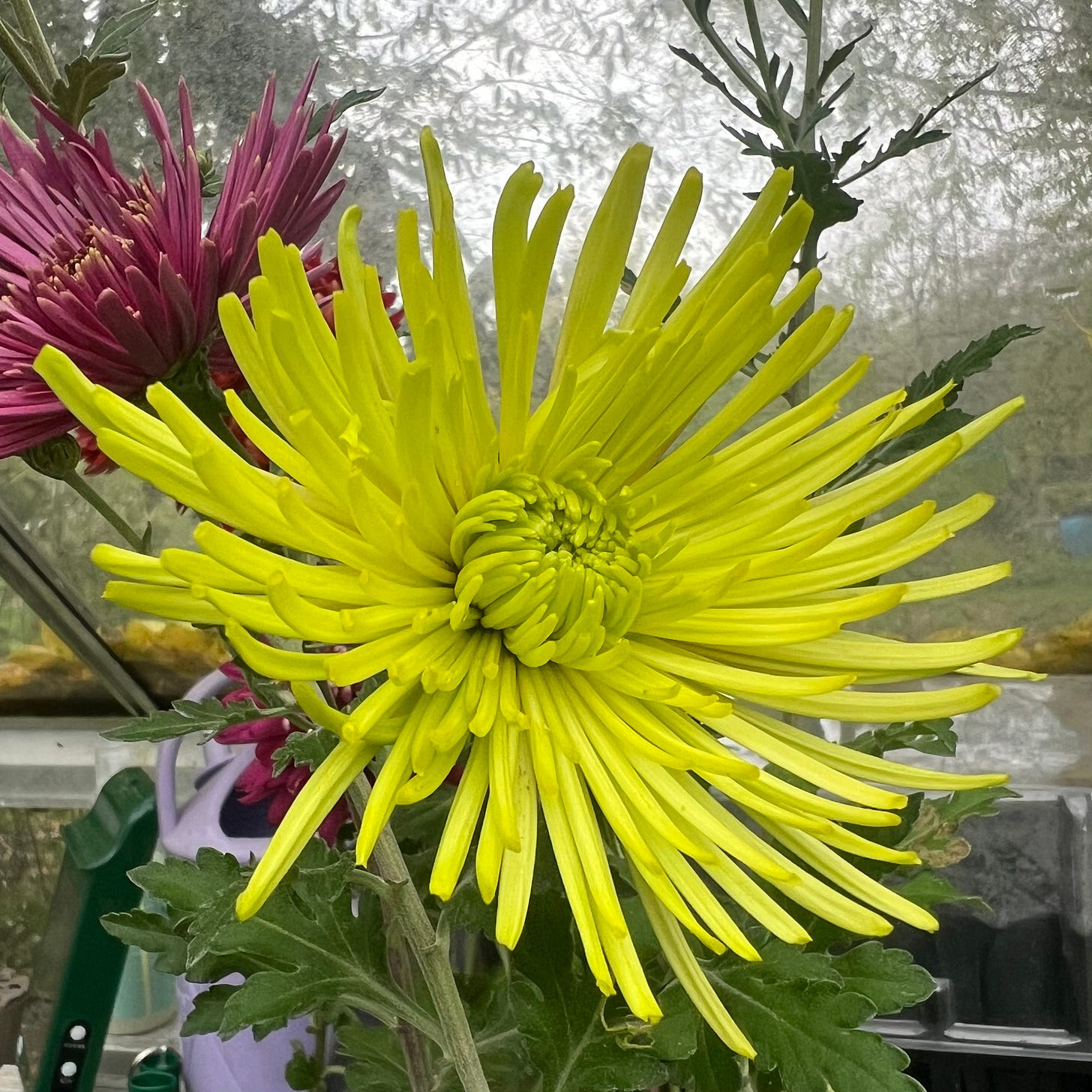
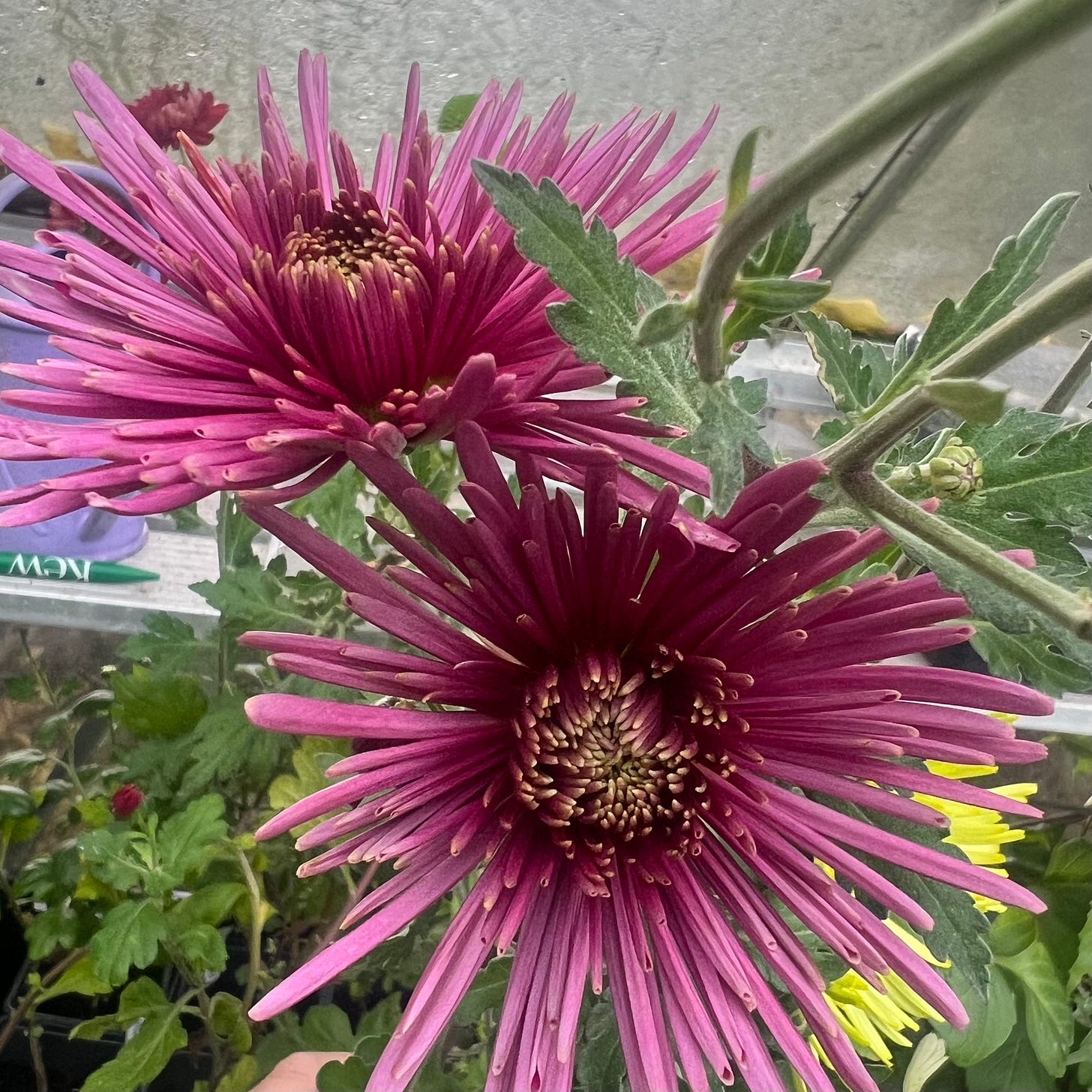
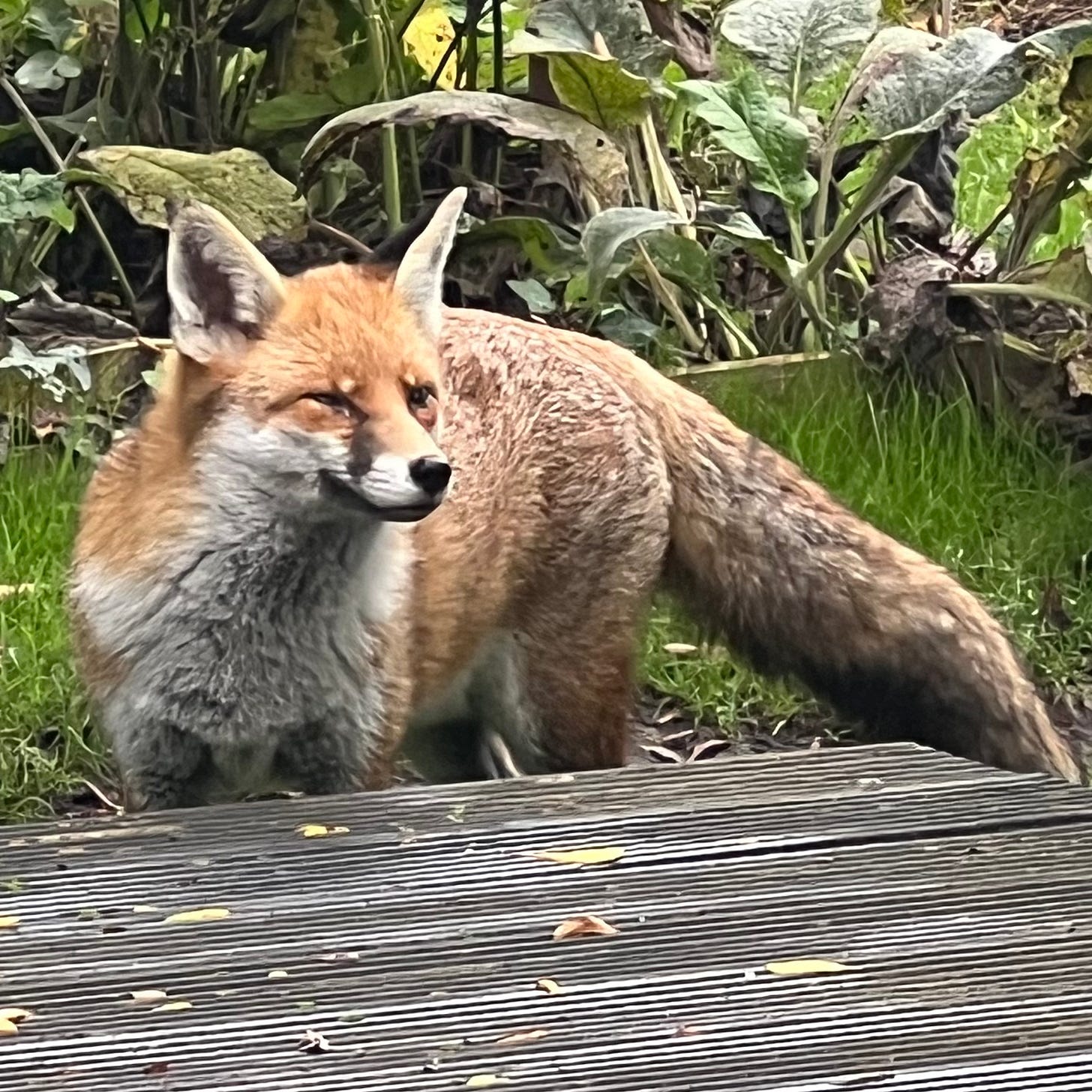
Love the chrysanths shapes abd colours…